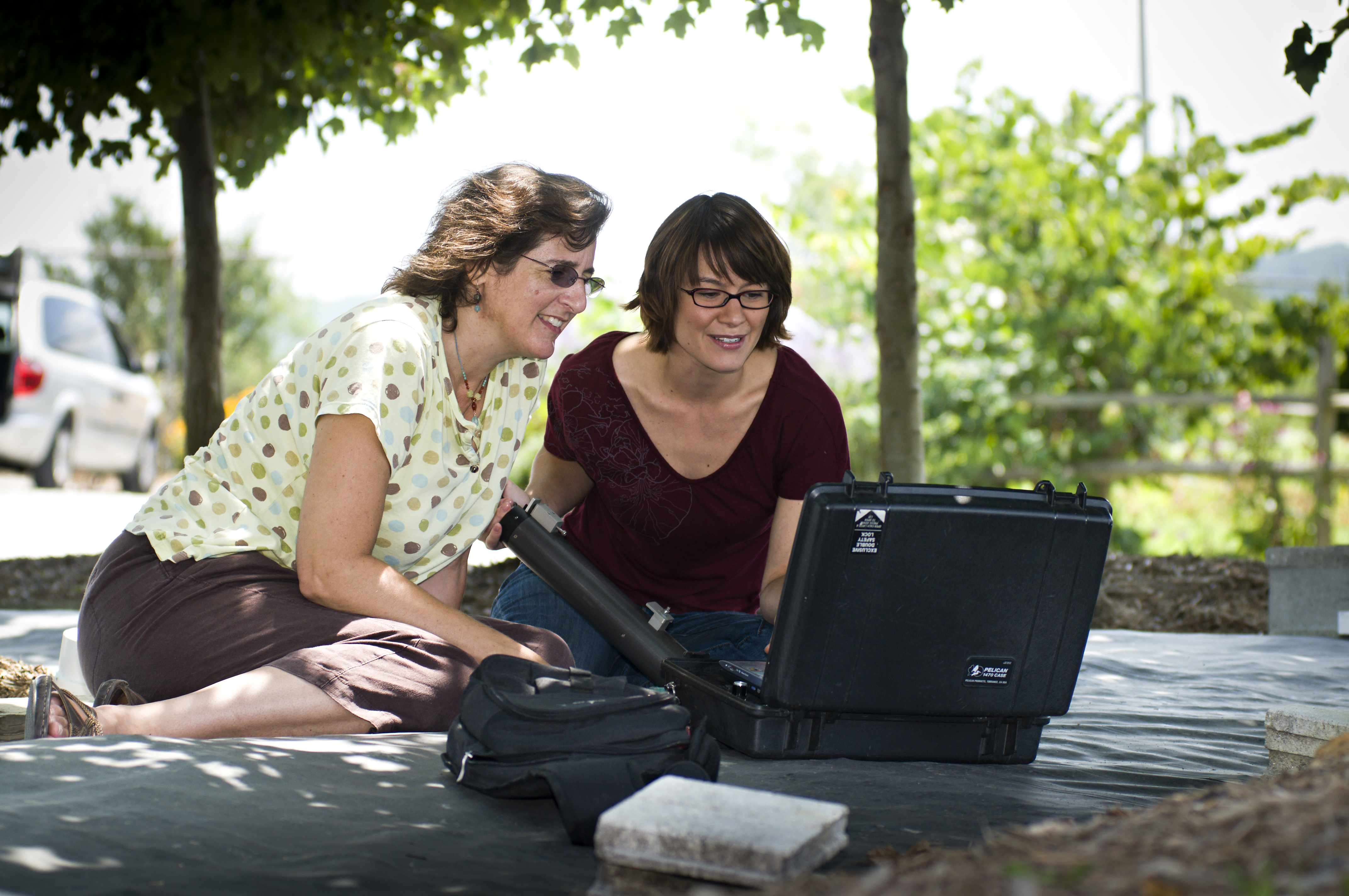First projects certified by SITES national rating system for sustainable landscapes

The Sustainable Sites Initiative™ (SITES™) has developed the nation’s most comprehensive system for rating the sustainable design, construction, and maintenance of built landscapes and has selected three pilot projects to be certified under the new system, which was created by dozens of the country’s leading sustainability experts, scientists, and design professionals.
Susan D. Day of Blacksburg, Va., assistant professor of urban forestry in the College of Natural Resources and Environment and the College of Agriculture and Life Sciences, helped develop the criteria for soil restoration, one of many criteria used in the SITES rating system.
“SITES is unique in that it strongly emphasizes a detailed understanding of both soils and plants on a site before the design process begins so that, ultimately, the design, construction, and management of the landscape can make the best use of these resources, resulting in a truly sustainable landscape,” said Day, who served on the SITES Soil Technical Committee and Technical Core Committee.
“With more and more land going under development each year, the SITES guidelines are an absolute necessity to keep the places where we live healthy and beautiful for future generations,” said Sarah Gugercin, a research associate in the Department of Horticulture who served on the Soils Technical Committee as a researcher-intern.
The SITES rating system, under development since 2005, includes 15 prerequisites and 51 additional, flexible credits to choose from. The credit options address areas such as the use of redeveloping brownfields or grayfields, soil restoration, water conservation, use of recycled materials and native vegetation, and sustainable construction and land maintenance approaches.
The certified pilot projects include the corporate headquarters of Novus International Inc. in St. Charles, Mo.; the Green at College Park, a green space at the University of Texas at Arlington; and the Woodland Discovery Playground at Shelby Farms Park in Memphis, Tenn.
“The educational value of these pilot projects is significant. They demonstrate what a sustainable site looks and feels like, and now serve as a model to others aspiring for sustainability in a designed landscape,” said Holly H. Shimizu, executive director of the United States Botanic Garden. “Having the first pilot projects certified solidifies years of work into something tangible that we hope will be replicated all around the country.”
SITES will continue to receive feedback from the three certified projects as well as more than 150 additional pilot projects, including private residences, streetscapes, industrial complexes, and other settings, until June 2012. Input from the project partners as well as the public will be used to finalize the rating system and reference guide, expected to be released widely in 2013.
A partnership of the American Society of Landscape Architects, the Lady Bird Johnson Wildflower Center at the University of Texas at Austin, and the United States Botanic Garden, SITES was created to fill a critical need for guidelines and recognition of green landscapes based on their planning, design, construction, and maintenance.




